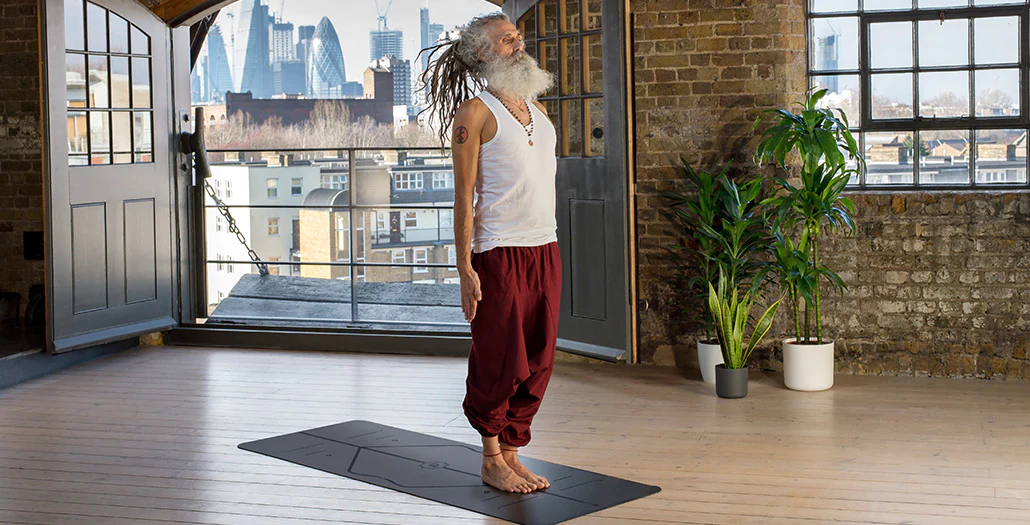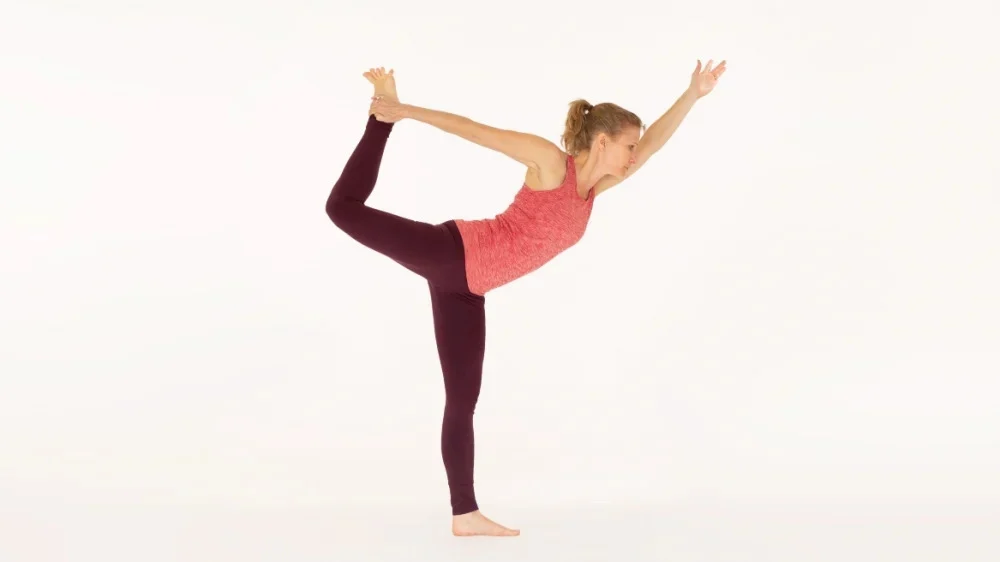Standing asanas, or yoga poses, keep one or both feet on the ground, maintaining an upright body. These poses play a crucial role in modern yoga as exercise. Beyond offering a convenient way to stretch and strengthen, standing yoga poses are excellent for enhancing balance and stability. Typically held for shorter durations, they bring a refreshing and energizing quality to your practice.
Embark on the journey of yoga to enhance flexibility, build strength, ease muscle tightness, and alleviate stress. Beginner yoga poses can provide these benefits, making it accessible for everyone.
Why are standing poses in yoga important?
Standing poses in yoga play a crucial role in building core awareness and strength, essential for maintaining excellent posture. They serve as a foundation, preparing the body for more advanced poses. Beyond the physical benefits, these active asanas contribute to mental and emotional well-being. By emphasizing regulated breath and focused gaze, standing poses become a holistic practice that nurtures both the body and the mind.
Which pose is done standing?
Standing poses like Mountain, Volcano, and Warrior are foundations for building strength and stability. They emphasize both physical and mental balance. Achieving an erect posture requires firmly planting the feet on the ground, elongating the spine, and lifting the head. These fundamental poses serve as a gateway to more advanced poses involving standing on one leg.
Benefits Of Standing Yoga Pose
- Lower Body Strength: Strengthen ankles, glutes, hamstrings, and quads.
- Core Stability and Balance: Enhance stability and balance.
- Mobility and Flexibility: Improve overall mobility and flexibility.
- Posture Improvement: Certain poses, like mountain pose, contribute to better posture.
Tips For Standing Yoga Poses
- Ensure proper alignment of knees, feet, and ankles to prevent injury.
- Seek support from a wall or chair, especially in balancing poses.
- Focus on a drishti or focal point to enhance balance.
- Utilize pada bandha for stability in the legs.
- Maintain a slow and deep breath, particularly in challenging poses.
- Modify poses with bent knees or use a yoga strap if you have tight hamstrings.
What Should Beginners Know About Standing Yoga?
Standing poses are fundamental in yoga and offer an excellent starting point for a regular practice. Beginners should concentrate on poses with a grounding element, connecting both feet to the ground and syncing breath with the body. Mountain pose is foundational and aids in developing stability and grounding, setting the stage for other standing poses.
As you advance, consider incorporating tree pose, a beginner-friendly balancing pose. Modify the poses based on your fitness level and choose variations that provide support and challenge. Progress at your own pace, adding more elements to the poses as you become more comfortable.
Using props like yoga blocks can also be beneficial, offering support and assistance, especially in balancing poses, according to Mosley.
7 Standing Beginner Yoga Poses to Increase Strength and Flexibility
For beginners starting their yoga journey, standing poses are a fantastic introduction. These 7 poses not only strengthen and energize but also enhance flexibility, making them ideal for newcomers.
Tight hamstrings and a stiff low back are common challenges for new yogis, and standing yoga poses effectively address these issues. By challenging lower body endurance, these poses not only build strength but also promote flexibility in areas like the hamstrings, hips, and lumbar spine (low back).
Give these 7 standing beginner yoga poses a try to build strength and increase flexibility:
- Mountain Pose: Stand tall with feet grounded, arms by your side, promoting balance and alignment.
- High Lunge Pose: Step forward into a lunge position, enhancing leg strength and flexibility.
- Warrior 2 Pose: Assume a powerful stance, working on strength and stamina, engaging both upper and lower body.
- Extended Side Angle Pose: Stretch and open the sides of the body, promoting flexibility.
- Triangle Pose: Focus on stretching and opening the sides of the body, enhancing flexibility.
- Warrior 1 Pose: Grounding pose with emphasis on stability and strength.
- Chair Pose: Targets the lower body, particularly the thighs, and improves overall endurance.
Explore numerous other standing poses as you become comfortable with these foundational 7. Regular practice will enhance strength, tone your legs, boost energy, and alleviate tension in the upper body and hips. Cultivate confidence for a sustained and healthy yoga journey!





